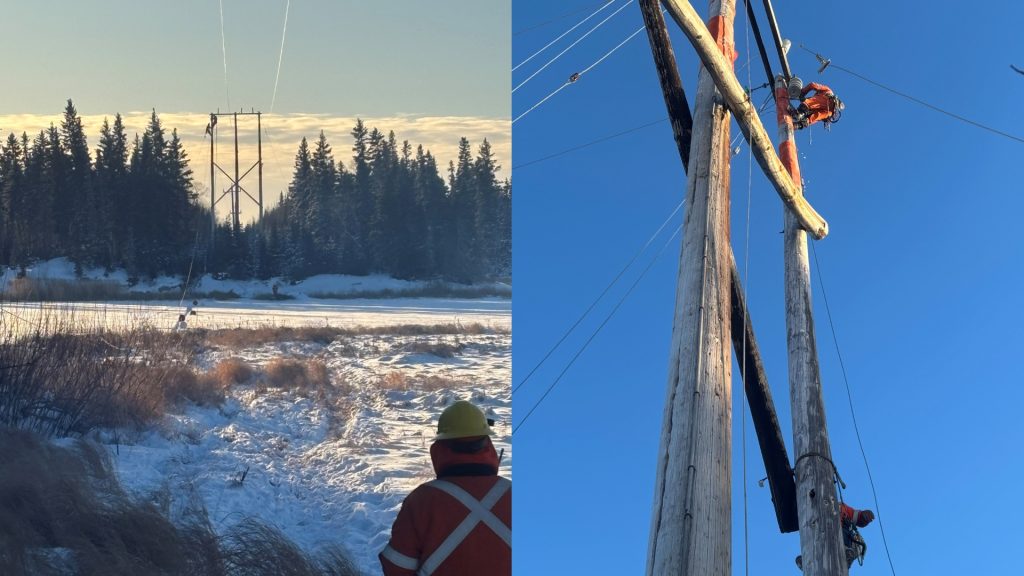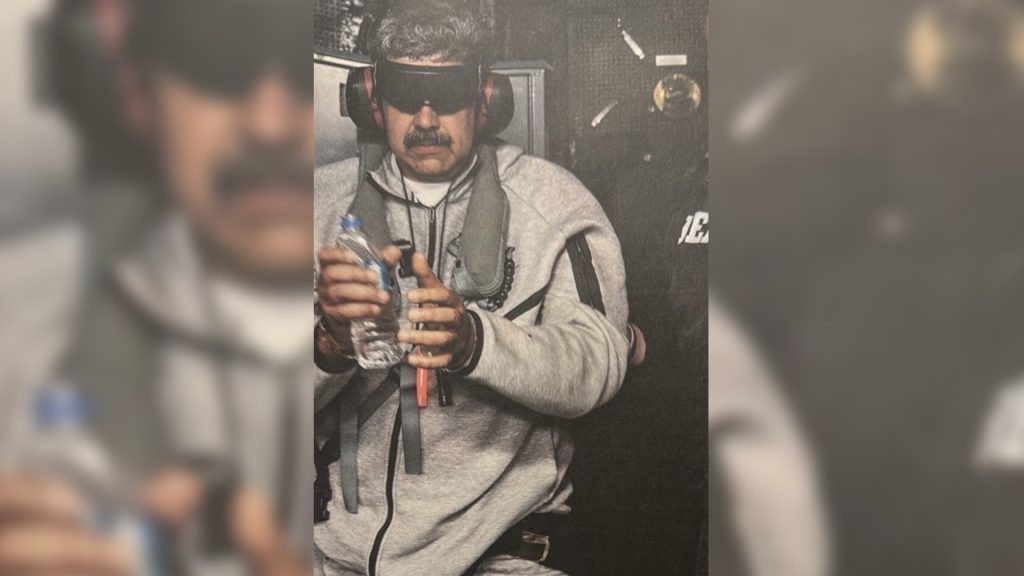Oil, gas emissions to be cut more than one-third by 2030: feds

Posted December 7, 2023 3:00 am.
Last Updated December 7, 2023 11:01 am.
The oil and gas industry will have to cut emissions by more than one-third or buy offset credits under the federal government’s new oil and gas cap policy being detailed Thursday.
The cap was promised by the Liberals in the 2021 election and is more than a year behind the schedule Environment Minister Steven Guilbeault initially wanted.
It also requires a smaller cut to emissions than initially estimated in the government’s emissions reduction plan last year.
But Guilbeault said in an interview that the plan in place was developed after extensive consultation with industry and other stakeholders to make sure it is achievable and won’t risk losing to a constitutional challenge from provinces over jurisdiction.
“I think what we’re doing is historical not just in the Canadian context but in the international context as well,” he said. “We’ve never put in place regulations in Canada that would ensure that the oil and gas sector reduces its overall emissions. We’ve never done that.”
A framework outlining the cap was published Thursday with plans to publish draft regulations next spring and get the final regulations in place in 2025.
Oil and gas production accounts for more than one-quarter of Canada’s emissions and Guilbeault says capping their emissions is critical to meeting Canada’s climate targets.
The framework says the sector will have to cut emissions 35 to 38 per cent from 2019 levels by 2030.
However they can buy offset credits or contribute to a decarbonization fund that would lower that requirement to cutting just 20 to 23 per cent.
The government proposed either a cap-and-trade system or an industry-specific carbon price and after more than a year of consultation decided on cap and trade.
Guilbeault said a carbon price just wasn’t feasible for setting a clear cap while cap and trade lends itself more easily to that.








